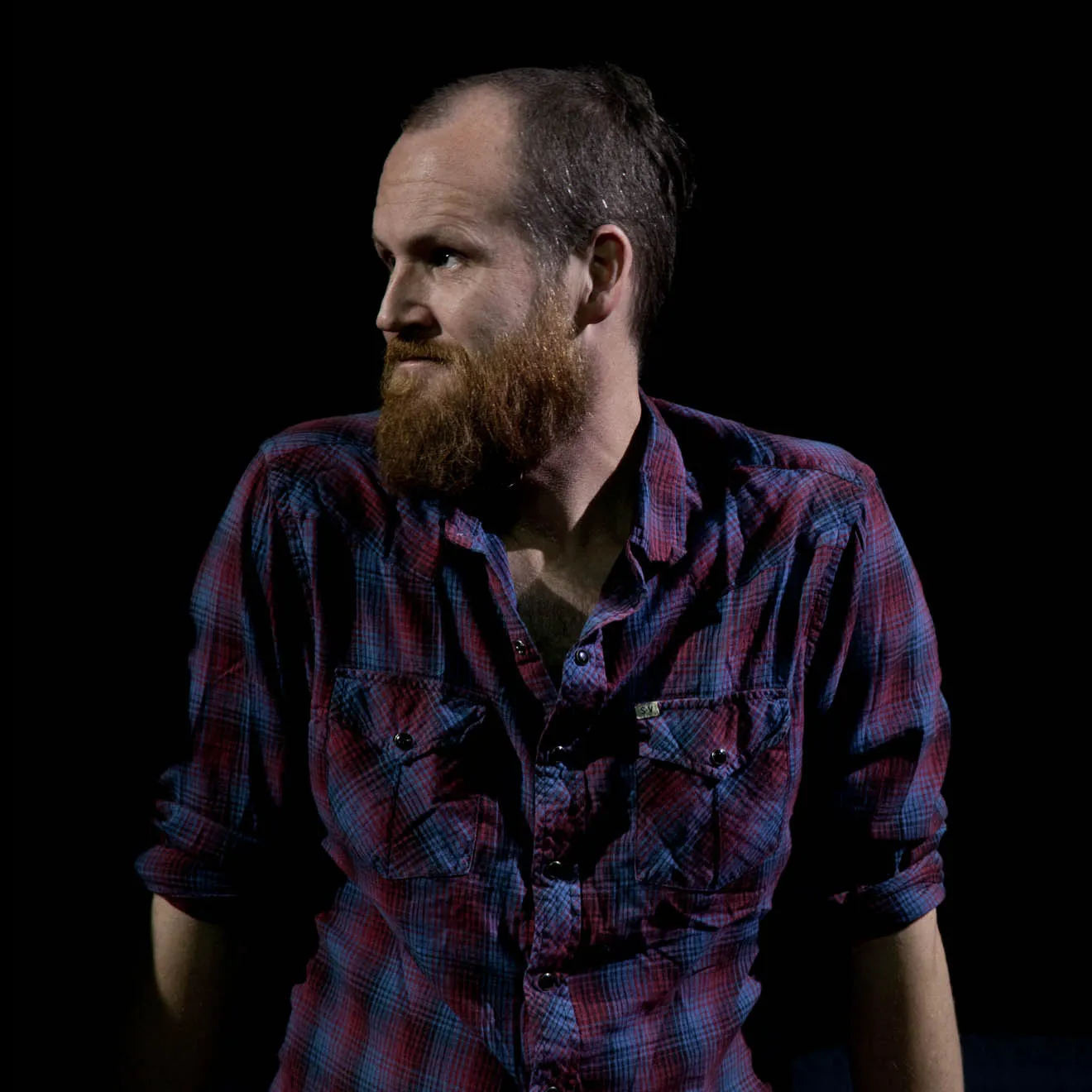“I was going to call this talk ‘Against Time,’ but I decided to rename it ‘Again, Time,’” said filmmaker Ben Russell, who was invited to present four films on Sunday by Stanford Cinematheque, a graduate student-run film collective that shares dynamic film programming with the community. On Tuesday, the Marseille-based artist joined Stanford Cinematheque at Oshman Hall to discuss his practice.
Russell’s adaptation of the title of his most recent motion picture “Against Time” to “Again, Time” for the lecture is apt — he is not one to fight the passage of time. The filmmaker, who said he investigates ways to “produce an experience of embodied time” in his films, did so at Oshman by playing composer William Basinsky’s “Disintegration Loops” throughout the lecture. Russell said that the ambient sounds would be “progressively disintegrating, deteriorating” as the talk progressed.
Over the past twenty years, Russell has made about 40 short films and five feature films. Though Russell imagines his work to be experienced in the cinema, he explained he views cinema as “something that can exist in a backyard. It can exist in a space like [Oshman]. It can exist on the side of a monastery.”
Russell’s sense of cinema operates beyond the visual: his use of 16-millimeter analog film grounds him physically in his art, he said. During the talk, Russell showed images of film strips and explained magnetic tape stock, a material with emulsion to preserve the photochemical production of light.
“The film strip is really a presentation of a series of consecutive images,” said Russell, who said the mechanism of cinema is the illusion of movement.
The talk also featured multiple screenings. Russell’s exploration of time was evident in “Let Each One Go Where He May,” a series of 13 lingering 10-minute scenes shot on Steadicam depicting brothers venturing up a river in a village on the outskirts of Suriname. As the brothers moved up the river, they traced the path of their ancestors who escaped Dutch slavery 300 years prior. By allowing each shot to take up an entire 10-minute reel, Russell achieved mythical voyages that are still firmly rooted in documentary.
His cinematic stretching of time often emphasizes psychedelia, as seen in his film “Trypps #7 (Badlands),” a long take in which a mirror swung in dizzying rotations to reflect a woman and the vast South Dakota canyon during an LSD trip. While the camera undulated, the subjects of the women and the valley remained stagnant. This effect was inverted in “Black and White Trypps Number Three,” a portrait of a rock concert in which the camera remained fixed, but the crowd stayed in motion, swaying in and out of a flash of bright light. The image took on a painterly quality, with the mountain of bodies in musical trance resembling a dramatic scene in a Caravaggio painting.
Russell harkened back to the still with “Workers Leaving the Factory (Dubai),” a remake of the Lumiere Brothers 1895 black-and-white silent film of factory workers streaming out onto the streets after a day of work. “Disintegration Loop” stopped for “Workers Leaving,” making the audience acutely aware of the slow passage of time. Russell set up the camera at dusk, allowing a scene to occur naturally. Workers boarded buses to labor camps in between their 10-hour shifts. There was a moment of overlay where a white texture appeared over the imagery, what many might consider a defect of the film reel from the production company. However, Russell said the texture “collaborated” with him. “Workers Leaving” testified to the artist’s openness to both the materiality and beautiful idiosyncrasies of the analog process.
Russell culminated the talk with an image from Hiroshi Sugimoto’s “Theaters” photo series, for which Sugimoto fixed the camera for the entire duration of a film at the cinema. The passage of time appeared in the final image as a rectangular white box — one nebulous white flash of light to encompass the movement of an entire film.
“The song is almost over,” said Russell as the lecture came to a close. The rhythm of “Disintegration Loop,” had become so ingrained in his words, I had forgotten about its presence.
